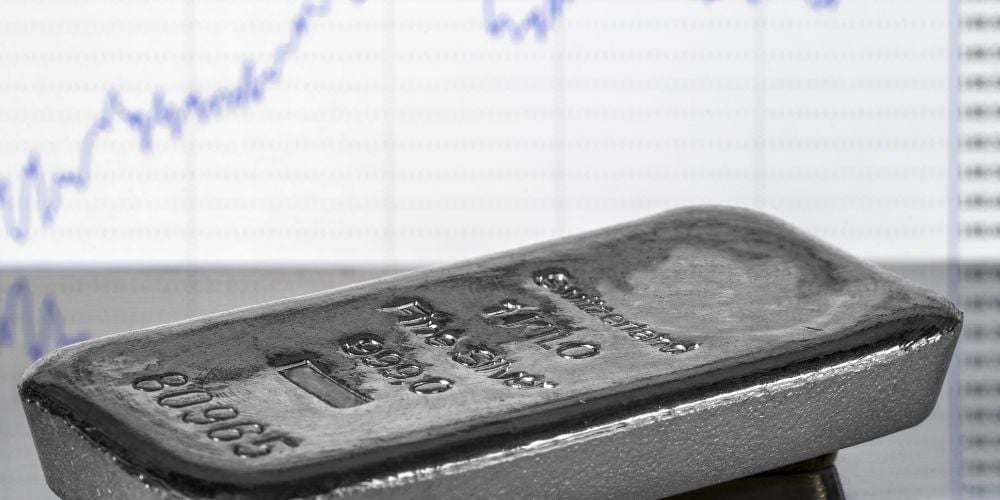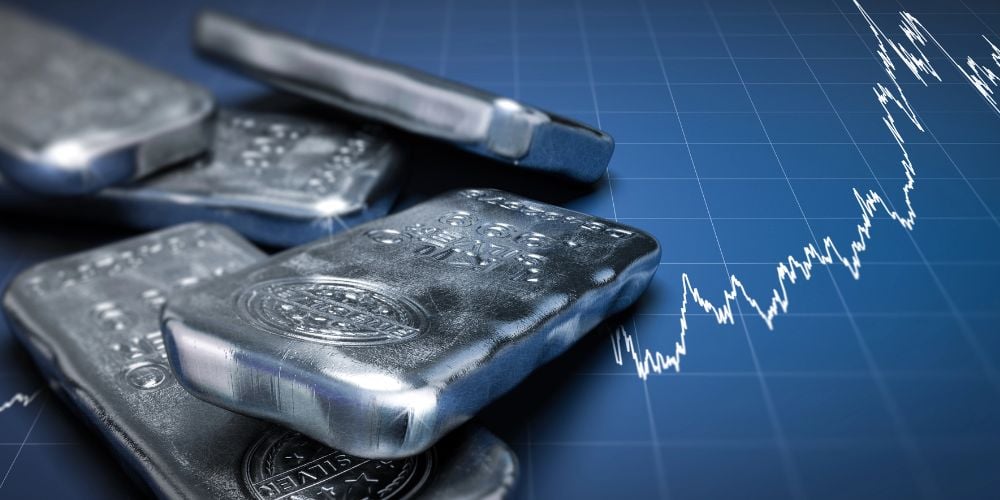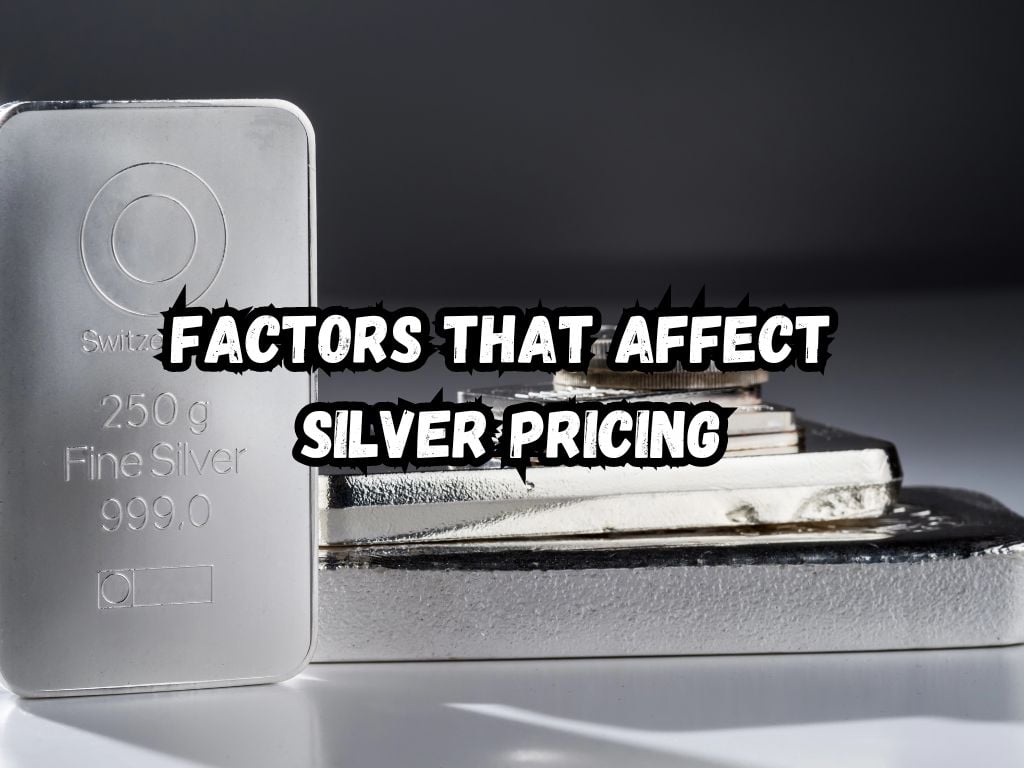Silver has long fascinated human societies. It served as currency, a symbol of wealth, and a vital component in a multitude of industrial applications.
As with any commodity, silver’s price reflects a delicate balance between supply and demand, influenced by a range this article explores. Let’s learn factors that affect silver pricing.
Historical Context
Silver played a crucial role in the economic systems of ancient empires. Today, its value continues to fluctuate with market forces.
In the past, nations held silver standards where the value of currency was defined in terms of silver. The shift to paper-based and digital currency systems has changed silver’s role, but it remains integral to global markets.
Factors that Affect Silver Pricing
The push and pull between available silver and the desire for it shape its market price.

Supply Factors
Mining Production is central to silver supply. Countries like Mexico, China, and Peru lead in extraction. The costs and speed of mining affect how much silver hits the market.
Recycling also brings silver back for use. The price can shift if recycled silver becomes more or less available.
By-product Silver Production is key, as silver is often found with other metals like gold, copper, and zinc. Changes in these metals’ mining rates can indirectly sway silver availability.
Demand
Industrial Use takes a massive share of silver demand. Silver’s reflective and conductive properties make it crucial in electronics and solar panels. Changes in industry can quickly impact demand.
Jewelry and Silverware take up another major slice of the silver market. Trends in fashion and global economic health can increase or decrease silver demand.
Investment Demand sees silver as a safety net against inflation. When currencies weaken, silver often shines as an investment.
Government Reserves and Coins can influence silver pricing. When governments mint coins or adjust reserves, the silver market reacts.
Economic Indicators and Monetary Policies
Interest rates and central bank policies indirectly affect silver prices. When interest rates are low, investors might turn to silver instead of holding currency.
Inflation often drives investors to silver, as it holds value when currency does not.
The US Dollar’s Strength can weigh down silver prices when the dollar is strong—and vice versa.
Economic Growth spawns more industrial demand for silver. A booming economy could mean more need for silver-based products.
Market Speculation and Investor Sentiment
Market speculation and investor sentiment wield significant influence over silver prices.
Speculators engaging in rapid buying and selling can create volatile price movements, reflecting short-term views on silver’s future value.
Similarly, the collective sentiment of investors can drive the market; if there’s a general belief that silver will appreciate, it can effectively boost demand and elevate prices, sometimes independent of market fundamentals.

Geopolitical Factors
Geopolitical stability plays a critical role in influencing silver prices on the global market.
When political unrest occurs in countries that are major silver producers, the mining and distribution of silver can face significant setbacks, leading to reduced supply and increased prices.
Conversely, trade agreements that facilitate the free exchange of silver can increase supply and potentially lower prices.
Similarly, economic sanctions imposed on crucial silver-producing nations can disrupt the normal flow, reducing availability and pushing prices up.
Investors often turn to silver as a safe investment during times of political uncertainty, which can further drive up its value. As global politics shift, so too does the landscape of silver pricing, making it essential for investors to keep a keen eye on international relations and policy changes.
Frequently Asked Questions
What is the most significant factor that influences silver prices?
Industrial demand significantly impacts silver prices due to its widespread use in high-tech industries like electronics and solar energy.
How does silver compare to gold in terms of pricing volatility?
Silver typically exhibits more price volatility than gold, as it’s influenced by both its status as a precious metal and its industrial usage.
Why is industrial demand for silver important for investors to watch?
Increases in industrial demand often signal rising silver prices, making it a critical factor for investors to monitor.
Do geopolitical events have a lasting impact on silver prices?
Yes, geopolitical stability can affect mining operations and investor confidence, thereby impacting silver prices.
Can changes in mining technology affect the long-term pricing of silver?
Yes, advancements in mining technology can increase supply efficiency, potentially lowering silver prices if other conditions remain constant.
Conclusion
Silver’s pricing is a complex dance. It is pushed and pulled by factors from mining to market moods. Those looking to trade or invest in silver must stay informed to navigate these fluctuating waters.


 Tags:
Tags:










